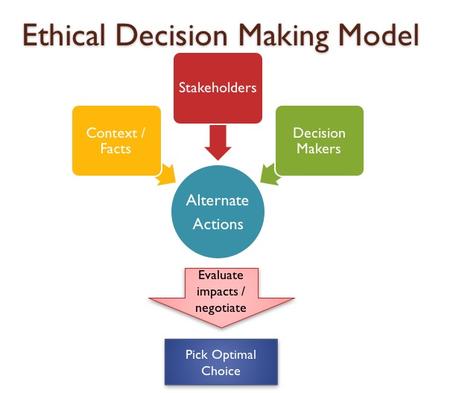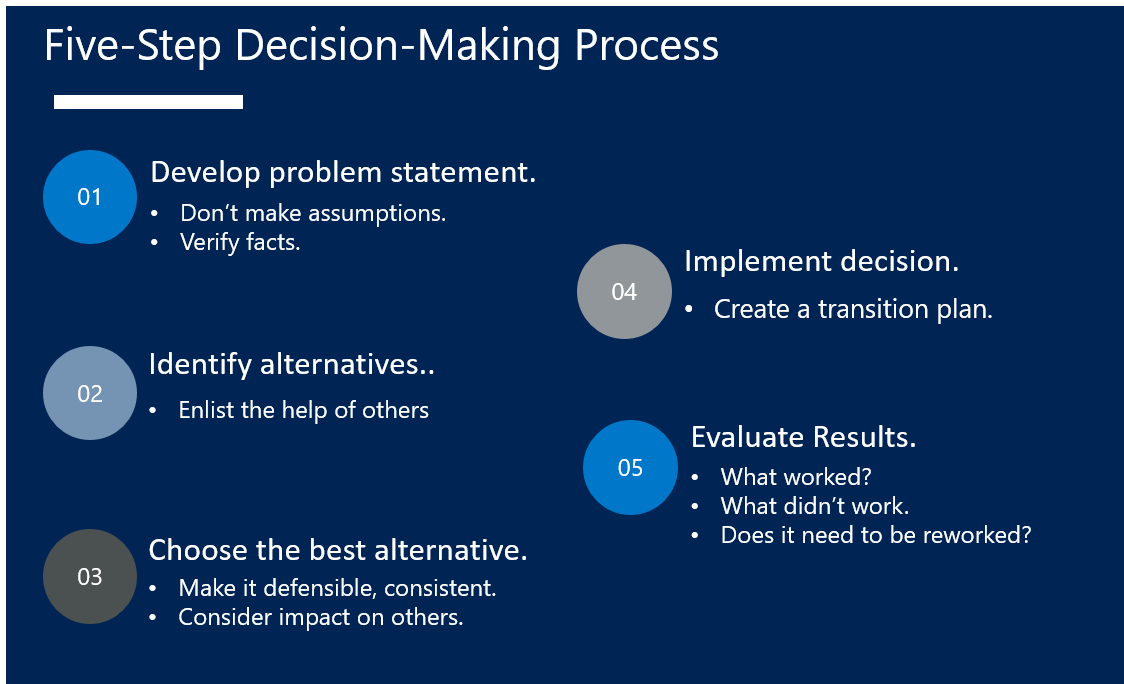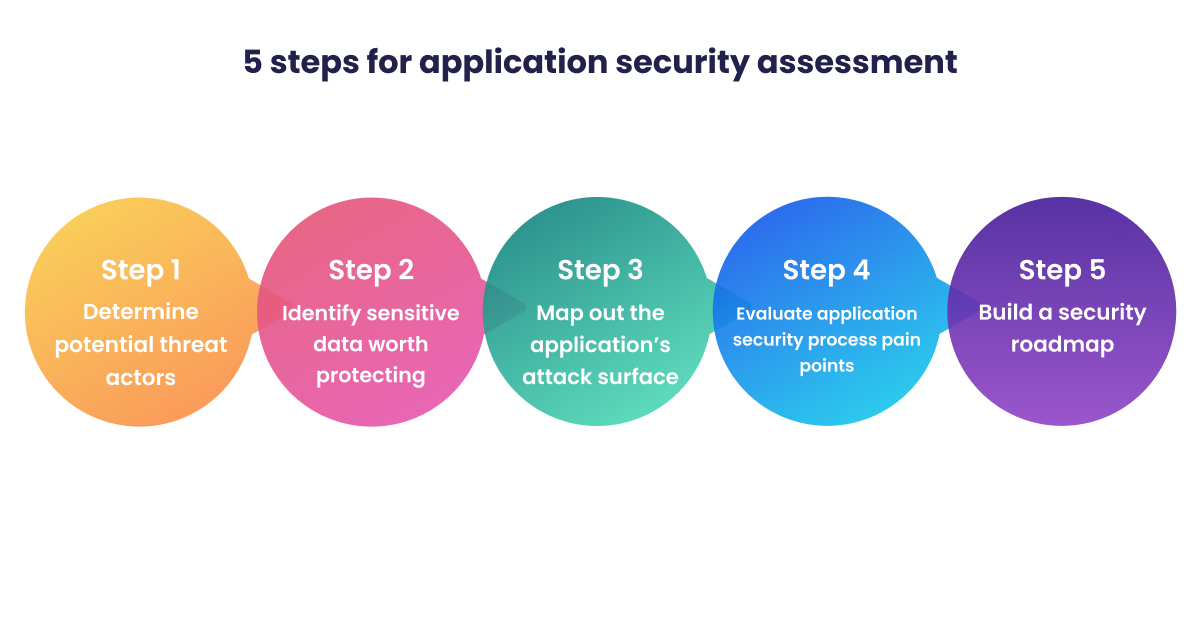What Are The 5 Steps In Ethical Analysis: A Comprehensive Guide
What Is Ethical Analysis
Keywords searched by users: What are the 5 steps in ethical analysis List and describe the five steps in an ethical analysis, Recognizing an ethical issue, Ethical decision-making process
What Is The First Step In The 5 Step Process Of An Ethical Analysis?
The initial step in the comprehensive 5-step process of conducting an ethical analysis involves the critical task of identifying the relevant facts and contextual details. This pivotal step plays a crucial role in either resolving certain ethical conflicts or establishing a solid foundation for the ethical analysis in more complex situations. To initiate this step, it is imperative to inquire, “What is the specific ethical issue that has been recognized in the given situation?” Identifying the facts not only provides clarity but also aids in establishing a comprehensive understanding of the ethical dilemma at hand, thereby setting the stage for a thorough and effective ethical analysis.
What Are The Steps In Conducting Ethical Analysis?
Certainly, let’s provide a more detailed and comprehensive overview of the steps involved in conducting an ethical analysis. Ethical analysis is a structured process used to navigate complex situations by considering moral principles and values. Here are the key steps:
-
Facts Identification: Start by thoroughly identifying and describing the relevant facts surrounding the situation. It’s essential to have a clear understanding of what’s happening and why it’s ethically significant.
-
Conflict or Dilemma Definition: Clearly define the ethical conflict or dilemma at the heart of the situation. Additionally, identify the higher-order values or principles that are in play. This step helps you pinpoint the moral aspects of the issue.
-
Stakeholder Identification: Determine who the stakeholders are in the ethical dilemma. Stakeholders are individuals, groups, or entities who are directly or indirectly affected by the outcome of your decision. Recognizing their interests is crucial.
-
Option Generation: Explore and identify all reasonable options or courses of action that can be taken to address the ethical conflict. This step encourages creative thinking and ensures you consider various approaches.
-
Consequence Assessment: Analyze the potential consequences of each option. Consider both short-term and long-term effects, as well as their impact on stakeholders and the broader ethical principles involved. Evaluate the ethical implications of each choice.
By following these steps, you can conduct a thorough and well-informed ethical analysis of any complex situation, which ultimately assists in making principled and responsible decisions.
Top 10 What are the 5 steps in ethical analysis


:max_bytes(150000):strip_icc()/business-ethics_final-78b960a3df9a4f5b9b44b77e831323b2.jpg)



Categories: Discover 83 What Are The 5 Steps In Ethical Analysis
See more here: vitngon24h.com

Step 1: Identify the Facts
This may help to resolve some conflicts and sets the stage for an effective process in others. Begin by asking the question, “What is the ethical issue that has been identified?”The 4 main ethical principles, that is beneficence, nonmaleficence, autonomy, and justice, are defined and explained. Informed consent, truth-telling, and confidentiality spring from the principle of autonomy, and each of them is discussed.
- Identify the Ethical Issues.
- Get the Facts.
- Evaluate Alternative Actions.
- Choose an Option for Action and Test It.
- Implement Your Decision and Reflect on the Outcome.
- Identify and describe clearly the facts.
- Define the conflict or dilemma and identify higher-order values.
- Identify the stakeholders.
- Identify the options that you can reasonably take.
- Identify the potential consequences of your options.
- Five Sources of Ethical Standards. The Utilitarian Approach. …
- The Rights Approach. Other philosophers and ethicists suggest that the ethical action is the one that best protects and respects the moral rights of those affected. …
- The Fairness or Justice Approach. …
- The Common Good Approach. …
- The Virtue Approach.
Learn more about the topic What are the 5 steps in ethical analysis.
- A Framework for Ethical Decision Making
- IDEA: Ethical Decision-Making Framework – Trillium Health Partners
- Steps IN Conducting AN Ethical Analysi 1 – Studocu
- Five Sources of Ethical Standards The Utilitarian Approach – PBS
- Principles of Clinical Ethics and Their Application to Practice
- The RIGHT Decision Method: An approach for solving ethical dilemmas
See more: vitngon24h.com/category/cook